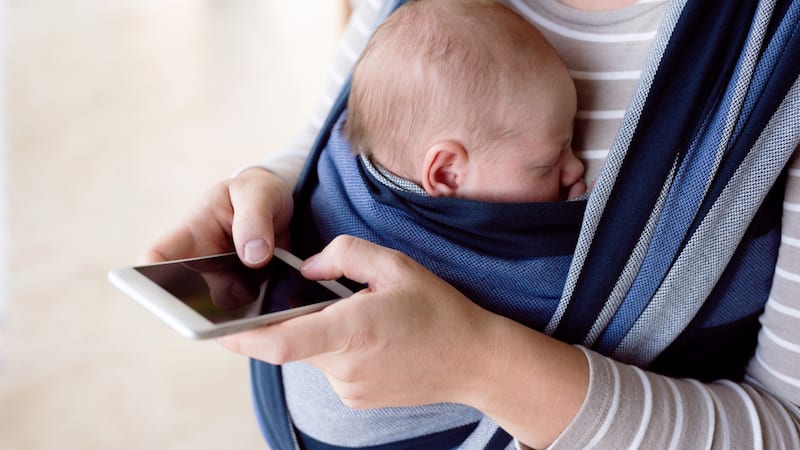Before I birthed a few humans, I cared about other peoples’ like they were my own. Which is to say, my students were “my children.” It was in the classroom that I gleaned parenting know-how. Behavioral techniques like smile when you’re angry to confuse them were perfected on my English students long before my son and daughters came along. Teaching was the best preparation for motherhood, schooling me on important lessons like these.
Laugh so you don’t cry
Keeping a sense of humor is an absolute must whether standing before 30 high school seniors in May or approaching your Sharpie-wielding toddler. A good belly laugh can diffuse the tensest of situations, and I hear it’s also a great way to burn calories.
The illusion of options
“Would you rather work on your research outline in class or do it for homework?” Giving students the option of when allows them to take ownership of the decision, and subsequently, overlook the fact that they’re doing something they probably don’t want to do. This translates nicely in the parenting world where I’m constantly asking my son if he’ll take his smelly hockey gear out of the bag immediately after practice or wait a week then faint from the stench. In the end, I get what I want (control) and so do the kids (control).
Give credit where credit is due
Homework is a day late. Their bedrooms are kinda sorta cleaned up. It’s not perfect, but if they make an honest attempt, I give them credit for what they’ve accomplished, then work with them toward the finish line. Life is not all or nothing, and neither is teaching and parenting.
Consistency reigns supreme
In the beginning of my career, I was a bit overzealous with classroom rules. I anticipated every kind of infraction and obsessed over having a relevant consequence at the ready. Only problem was I didn’t consider the many exceptions to my rules. I eventually revised the several classroom rules into “Classroom Commandments,” and there were only two: be kind and try your best. If my students—and now my children—follow those commandments, I deal with everything else as it comes.
Breathe, then speak
Whenever I ask my daughter … well, anything! … she rolls her eyes to the back of her skull. This makes me INSANE, but instead of freaking the freak out, I take a deep breath and say nothing. Teaching has taught me to choose my battles wisely; if what I want is an answer to my question, I can’t derail the whole operation because of a kid’s initial reaction. But I can (and do) revisit said reaction once all parties have calmed down, privately and respectfully. You’d be surprised how many kids, from ages six to sixteen, don’t even realize what their face looks like while you’re talking to them.
Through struggles there are lessons
We’ve all had those students who try so darn hard but just don’t get it. I was one of them in trigonometry. My teacher and I worked together relentlessly, though we both knew I’d never be a math major. At the end of the year, I learned a little about trig and a whole lot more about never giving up. I keep that big picture lesson in mind when my children are struggling. Goals won’t always be met, but lessons can always be learned.
They need us the most when they are at their worst
A student once threw a chair when I asked him to pass in his test. Another time, a student broke down sobbing as we read Edgar Allen Poe’s “The Cask of Amontillado.” Still another called me horrible names when I held him accountable for plagiarizing an assignment. It’s much easier to take behavior at face-value and reprimand the person on the other end of it than it is to examine the root cause of it. In the case of my students, frustration, confusion, and embarrassment caused them to act out. Not until we worked through those things could we start moving forward again. Had I sent these emotional students to the principal or counselor, I would never have learned to recognize that when they’re at their very worst, kids need us the very most. And man has that come in handy during my children’s public tantrums or homework meltdowns!
